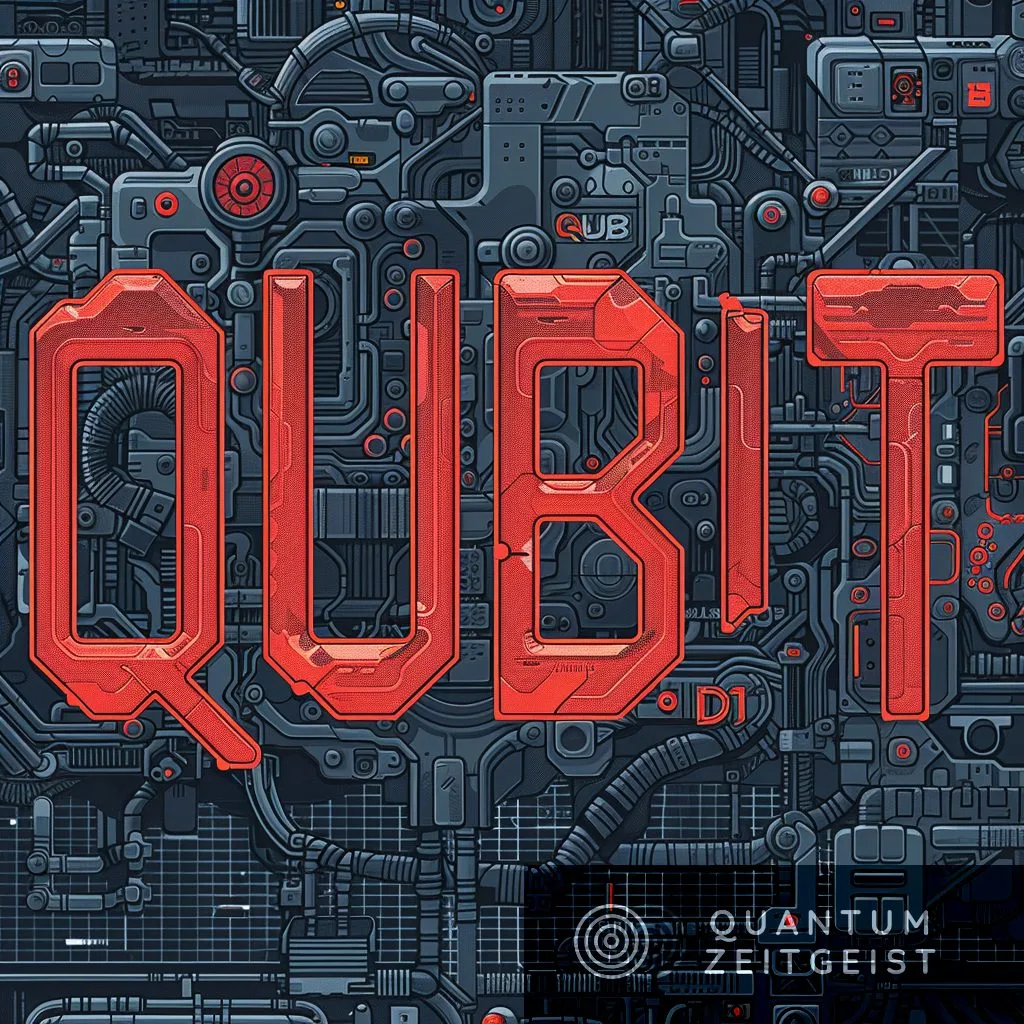Researchers from the Center for Quantum Devices at the Niels Bohr Institute, University of Copenhagen, and the Department of Physics and Astronomy at Aarhus University, Denmark, have developed a new approach to controlling flux qubits. The team has created a flux qubit variation, the doubleshunted flux qubit (DSFQ), which offers a tunable level of protection against relaxation. The DSFQ uses a three-junction ring geometry to create a double-well potential, with one of the junctions tunable. This design allows for more precise control and readout of the qubit, potentially enhancing the performance and scalability of quantum computing systems.
What is the New Approach to Flux Qubit Control?
A team of researchers from the Center for Quantum Devices at the Niels Bohr Institute, University of Copenhagen, and the Department of Physics and Astronomy at Aarhus University, Denmark, have proposed a new approach to controlling flux qubits. The team, consisting of Svend Krøjer, Anders Enevold Dahl, Kasper Sangild Christensen, Morten Kjaergaard, and Karsten Flensberg, have developed a flux qubit variation that offers a tunable level of protection against relaxation. This new design, known as the doubleshunted flux qubit (DSFQ), uses a three-junction ring geometry to create a double-well potential. One of the junctions is tunable, allowing for control over the barrier height and thus the level of protection.
The researchers have analyzed single and two-qubit gate operations that rely on lowering the barrier. They have demonstrated that this is a viable method that results in high-fidelity gates, as the noncomputational states are not occupied during operations. Furthermore, they have shown how the effective coupling to a readout resonator can be controlled by adjusting the externally applied flux while the DSFQ is protected from decaying into the readout resonator.
How Does the Doubleshunted Flux Qubit (DSFQ) Work?
The DSFQ is a relatively simple modification of a flux qubit with exponentially tunable wavefunction overlap. It is related to the persistent current flux qubit (PCFQ) and the capacitively shunted flux qubit (CSFQ), as they all share the same circuit layout of three Josephson junctions (JJs) connected in a loop. The DSFQ finds the middle ground between these designs by using small junctions and two large capacitive shunts such that both modes are heavy. This means that the lowest-energy wave functions are localized in separate wells, protecting the qubit from relaxation.
The DSFQ’s design allows for the control of the barrier height between the two wells, which in turn controls the level of protection. This is achieved by making one of the junctions tunable. The researchers have shown that by lowering the barrier, high-fidelity gates can be achieved as the noncomputational states are not occupied during operations.
What are the Advantages of the DSFQ?
The DSFQ offers several advantages over traditional flux qubits. Firstly, it provides a tunable level of protection against relaxation, which is a significant challenge in controlling and reading out protected superconducting qubits. This is achieved through the DSFQ’s unique design, which allows for the control of the barrier height and thus the level of protection.
Secondly, the DSFQ allows for the control of the effective coupling to a readout resonator. This is achieved by adjusting the externally applied flux while the DSFQ is protected from decaying into the readout resonator. This feature allows for more precise control and readout of the qubit.
Finally, the DSFQ is exponentially insensitive to variations in the global magnetic field, even when the loop areas are nonidentical. This makes the DSFQ a more robust and reliable qubit design.
How Does the DSFQ Compare to Other Qubit Designs?
The DSFQ is a modification of a flux qubit with exponentially tunable wavefunction overlap. It shares the same circuit layout of three Josephson junctions (JJs) connected in a loop with the persistent current flux qubit (PCFQ) and the capacitively shunted flux qubit (CSFQ). However, the DSFQ uses small junctions and two large capacitive shunts, making both modes heavy. This design allows for the lowest-energy wave functions to be localized in separate wells, protecting the qubit from relaxation.
The DSFQ also offers a tunable level of protection against relaxation, a feature not commonly found in other qubit designs. This is achieved by making one of the junctions tunable, allowing for control over the barrier height and thus the level of protection.
What are the Implications of this Research?
The research conducted by the team from the Center for Quantum Devices at the Niels Bohr Institute, University of Copenhagen, and the Department of Physics and Astronomy at Aarhus University, Denmark, has significant implications for the field of quantum computing. The development of the DSFQ offers a new approach to controlling flux qubits, providing a tunable level of protection against relaxation and allowing for more precise control and readout of the qubit.
This research also contributes to the ongoing efforts to scale up fault-tolerant quantum computation (QC) architectures. The DSFQ’s design and features could potentially help to lower gate and readout infidelities, bringing us closer to the threshold for quantum error correction (QEC).
In conclusion, the DSFQ represents a significant advancement in flux qubit design and control, offering a more robust and reliable qubit that could potentially enhance the performance and scalability of quantum computing systems.
Publication details: “Fast universal control of a flux qubit via exponentially tunable wave-function overlap”
Publication Date: 2024-04-18
Authors: Svend Krøjer, Anders Enevold Dahl, K. S. Christensen, Morten Kjærgaard, et al.
Source: Physical review research
DOI: https://doi.org/10.1103/physrevresearch.6.023064

